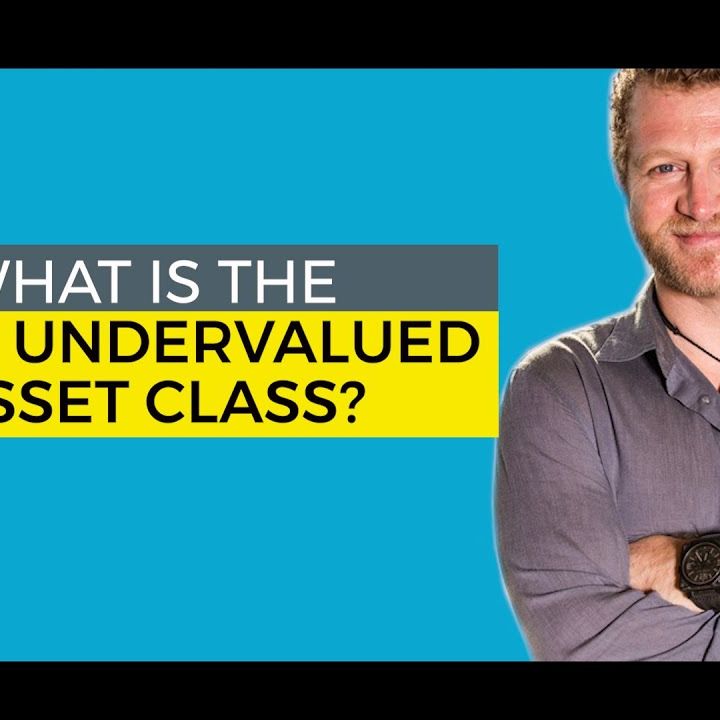To keep learning and advancing your career, the following resources will be practical:.
Growth equity is typically explained as the personal investment technique inhabiting the middle ground between venture capital and conventional leveraged buyout methods. While this may be real, the strategy has actually evolved into more than simply an intermediate personal investing method. Development equity is frequently described as the personal investment method occupying the happy medium in between equity capital and conventional leveraged buyout techniques.
Yes, No, END NOTES (1) Source: National Center for the Middle Market. (2) Source: Credit Suisse, "The Incredible Shrinking Universe of Stocks: The Causes and Effects of Fewer U.S.
Alternative investments option complex, complicated investment vehicles financial investment lorries not suitable for appropriate investors - . A financial investment in an alternative investment requires a high degree of threat and no assurance can be provided that any alternative financial investment fund's financial investment objectives will be attained or that financiers will get a return of their capital.
This market info and its significance is a viewpoint just and needs to not be relied upon as the just crucial info available. Information contained herein has actually been gotten https://writeablog.net/ietureuvzy/continue-reading-to-learn-more-about-private-equity-pe-including-how-it from sources believed to be dependable, however not ensured, and i, Capital Network assumes no liability for the details offered. This info is the home of i, Capital Network.

they use utilize). This financial investment method has actually assisted coin the term "Leveraged Buyout" (LBO). LBOs are the main investment technique kind of many Private Equity firms. History of Private Equity and Leveraged Buyouts J.P. Morgan was thought about to have actually made the very first leveraged buyout in history with his purchase of Carnegie Steel Company in 1901 from Andrew Carnegie and Henry Phipps for $480 million.
As pointed out previously, the most notorious of these deals was KKR's $31. 1 billion RJR Nabisco buyout. This was the biggest leveraged buyout ever at the time, lots of people believed at the time that the RJR Nabisco deal represented the end of the private equity boom of the 1980s, since KKR's financial investment, however popular, was eventually a substantial failure for the KKR investors who bought the company.
In addition, a great deal of the cash that was raised in the boom years (2005-2007) still has yet to be utilized for buyouts. This overhang of committed capital avoids many investors from devoting to invest in brand-new PE funds. Overall, it is approximated that PE firms manage over $2 trillion in assets worldwide today, with near to $1 trillion in committed capital readily available to make new PE financial investments (this capital is often called "dry powder" in the industry). .
A preliminary financial investment might be seed financing for the company to begin developing its operations. Later on, if the company proves that it has a practical item, it can obtain Series A funding for additional development. A start-up company can finish a number of rounds of series funding prior to going public or being acquired by a financial sponsor or tactical purchaser.
Leading LBO PE firms are defined by their large fund size; they have the ability to make the largest buyouts and handle the most debt. Nevertheless, LBO deals come in all sizes and shapes - . Total deal sizes can vary from 10s of millions to 10s of billions of dollars, and can occur on target business in a wide range of industries and sectors.
Prior to performing a distressed buyout opportunity, a distressed buyout firm needs to make judgments about the target business's worth, the survivability, the legal and reorganizing concerns that might develop (need to the company's distressed possessions require to be reorganized), and whether or not the creditors of the target company will end up being equity holders.
The PE company is required to invest each respective fund's capital within a duration of about 5-7 years and then generally has another 5-7 years to sell (exit) the investments. PE companies normally utilize about 90% of the balance of their funds for brand-new financial investments, and reserve about 10% for capital to be used by their portfolio business (bolt-on acquisitions, extra available capital, etc.).
Fund 1's committed capital is being invested over time, and being returned to the limited partners as the portfolio business because fund are being Tyler Tysdal business broker exited/sold. For that reason, as a PE firm nears completion of Fund 1, it will need to raise a brand-new fund from new and existing limited partners to sustain its operations.
